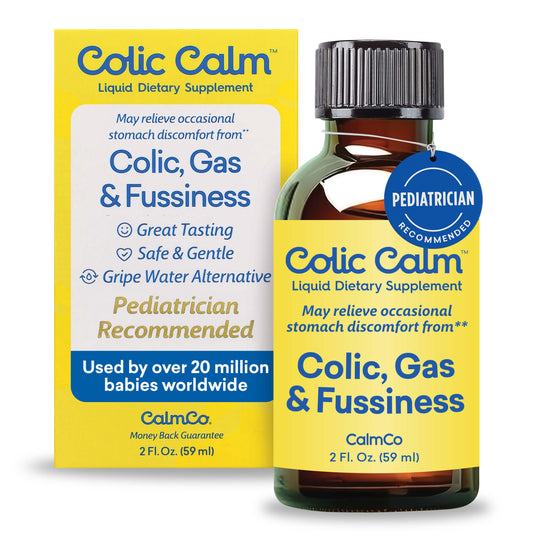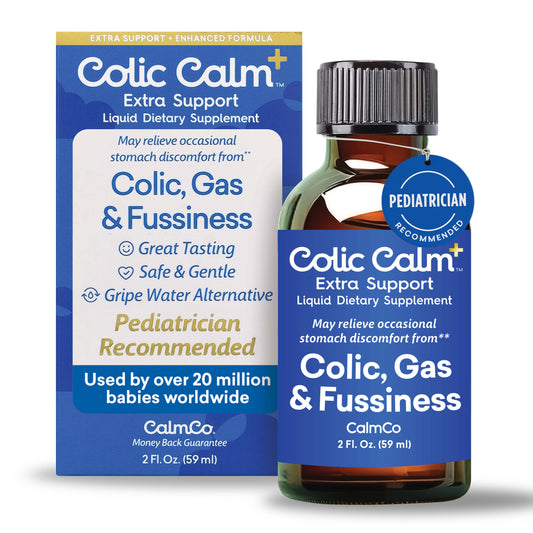Best Baby Formulas for Infant Colic
October 11, 2017 October 11, 2017
Best Baby Formulas for Infant Colic
by Michelle Roth, BA, LCCE, IBCLC
If colic symptoms are severe, your child’s doctor may recommend switching from breastfeeding to formula feeding. This may be temporary – breastfeeding may be reintroduced slowly after a trial of formula feeding – or may be permanent. Your child’s growth should be monitored closely during this time.
According to one study, “Among the 81% of infants who were fed formula … 69% consumed cow’s milk formula, 12% consumed soy formula, 5% consumed gentle/ lactose-reduced formulas, [and] 6% consumed specialty formulas …” (Rosen Simon & Herrick 2016). So, while the majority of infants consume cow’s milk based formula, a smaller number need specialty formulas because they cannot process the milk proteins. Switching to a specialty formula should only be done under the recommendation of your child’s healthcare provider. Options for these specialty formulas include:

Soy Based Formulas
According to the American Academy of Pediatrics, soy based formulas have been around for nearly 100 years, and have served as an alternative when exposure to cow’s milk protein causes allergic or colicky symptoms in babies. As many as 10% to 14% of babies, however, react to soy, as well. (Bahtia and Greer 2008). Babies who tolerate the soy proteins, though, see improvements in colic symptoms. Researchers found that soy formula reduced the duration of colic symptoms (from 18.8 hours per week to 8.7 hours per week), though the authors conclude additional study is needed due to questions about the rigor of the study’s methodology. (Garrison & Christakis 2000). Concerns about the phytoestrogens in soy should also be taken into account. While some studies show that they are not an issue, other studies suggest that they have the potential to cause hormonal changes in developing babies.

Hypoallergenic Formulas
Some infants with colic also have true immunoglobulin E (IgE) mediated milk protein allergies. About two percent to three percent of babies have this condition (though not all will present with colic symptoms). Along with colic, these babies also tend to have respiratory, skin and digestive issues. Their bodies react to cow’s milk protein by forming antibodies to it, causing the distress. So, finding a food source free of these proteins is essential. While some breastfeeding mothers can effectively eliminate dairy from their own diet, others find that it’s too restrictive or that their baby still has the symptoms regardless of mom’s dietary changes. In these cases, doctors may suggest hypoallergenic formula.
Sometimes referred to as hydrolyzed or hydrolysate formulas, hypoallergenic formulas break cow’s milk protein into pieces that baby’s body does not recognize (or does not react to). In their systematic review of colic treatments, Garrison and Christakis (2000) report that improvements in colic symptoms are significant when hypoallergenic formula is introduced, though they caution that the studies they could find have some flaws.
Newer formulas are also adding human milk oligosaccharides and probiotics in an effort to provide some of the microbiome benefits of breastmilk. Because colic is thought to be related to gastrointestinal upset, the thought is that balancing the gut milieu can bring about improvements in symptoms. In one study, a partially hydrolysed formula with added oligosaccharides was used with infants who had a history of colic. The researchers found that the babies “had a significant decrease in colic episodes after 1 week of treatment …. [And the] difference in crying time was even more significant after 2 weeks of treatment” (Savino et al 2006).




